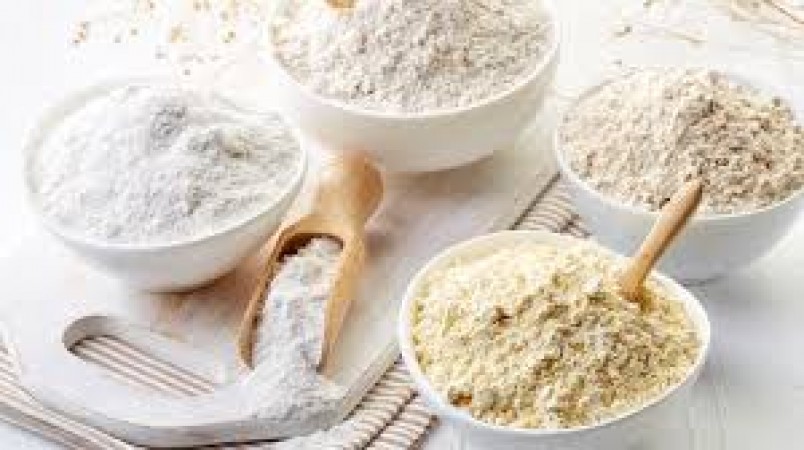
When the summer heat kicks in, our dietary preferences often shift towards lighter, refreshing foods. But have you ever considered how the type of flour you consume can impact your summer meals? Experts in nutrition and culinary arts have valuable insights into this topic, shedding light on the importance of selecting the right flour for the warmer months.
Flour, a versatile and essential ingredient in culinary endeavors, serves as the backbone for countless recipes across diverse cuisines. Whether it's the crust of a pie, the fluffiness of a cake, or the chewiness of a pasta dish, flour plays a foundational role in creating the textures and structures we love in our favorite foods. In summer, when outdoor gatherings and picnics are commonplace, flour-based dishes like sandwiches, wraps, and baked goods take center stage, making the choice of flour particularly significant.
The selection of flour can significantly influence the sensory experience of a dish, impacting both its texture and flavor profile. Different types of flour possess distinct characteristics that can either enhance or detract from the overall quality of a recipe. In the warmer months, when lighter, more delicate flavors are often preferred, opting for flours with subtle taste profiles becomes essential. Moreover, the texture of flour-based dishes can also play a role in their enjoyment, with lighter, airier textures being more appealing during the heat of summer.
Beyond taste and texture, the nutritional composition of flour is another crucial factor to consider, especially for individuals mindful of their dietary intake. While some flours offer significant health benefits, such as high fiber content and essential nutrients, others may be more refined and less nutritionally dense. Making informed choices about the types of flour consumed can contribute to overall health and well-being, aligning with the principles of a balanced diet.
When it comes to flour selection, don't be afraid to experiment with different varieties to find the ones that best suit your taste preferences and dietary needs. Each type of flour offers unique characteristics that can enhance the flavor and texture of your favorite recipes.
Consider the desired consistency of your dishes when selecting flour. Some flours, such as almond and coconut flour, have unique textures that may require adjustments in baking techniques or additional ingredients to achieve the desired results. By understanding the properties of each flour, you can tailor your recipes to meet your culinary goals.
Striking a balance between nutritional benefits and flavor enhancement is essential when choosing flour for summer recipes. While whole grain flours offer superior nutritional value, they may have a more pronounced flavor that may not be suitable for all dishes. Consider blending flours or incorporating complementary ingredients to achieve the perfect balance of taste and nutrition.
For individuals with food allergies or intolerances, such as gluten or nut allergies, it's crucial to carefully read ingredient labels and choose flours that align with dietary restrictions. Fortunately, there are numerous allergy-friendly flour options available, allowing everyone to enjoy delicious summer recipes without compromise. Selecting the right flour is an essential aspect of creating delicious and nutritious summer meals that cater to diverse tastes and dietary preferences. Whether you opt for the hearty wholesomeness of whole wheat flour, the delicate sweetness of almond flour, the subtle coconut flavor of coconut flour, or the ancient grain goodness of spelt flour, there are plenty of options to explore. By considering factors such as flavor, texture, and nutritional value, you can elevate your culinary creations and make the most of the summer season.
Travel Reimagined: Concierge Introduces Bespoke First-Class and Private Jet Experiences
Special opportunity to go to Darjeeling, say bye-bye to heat, know all the details
Make a plan to visit this beautiful place with your family in summer, the beauty is limitless